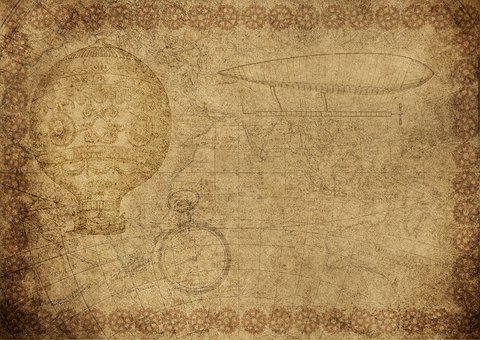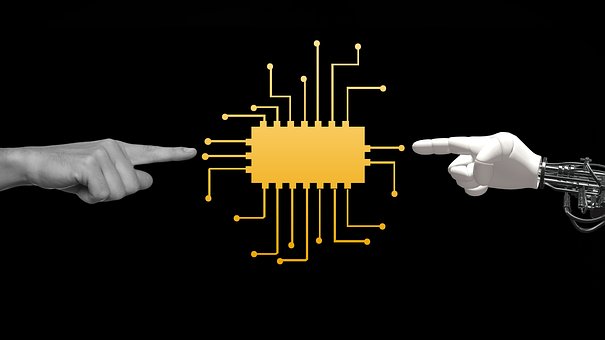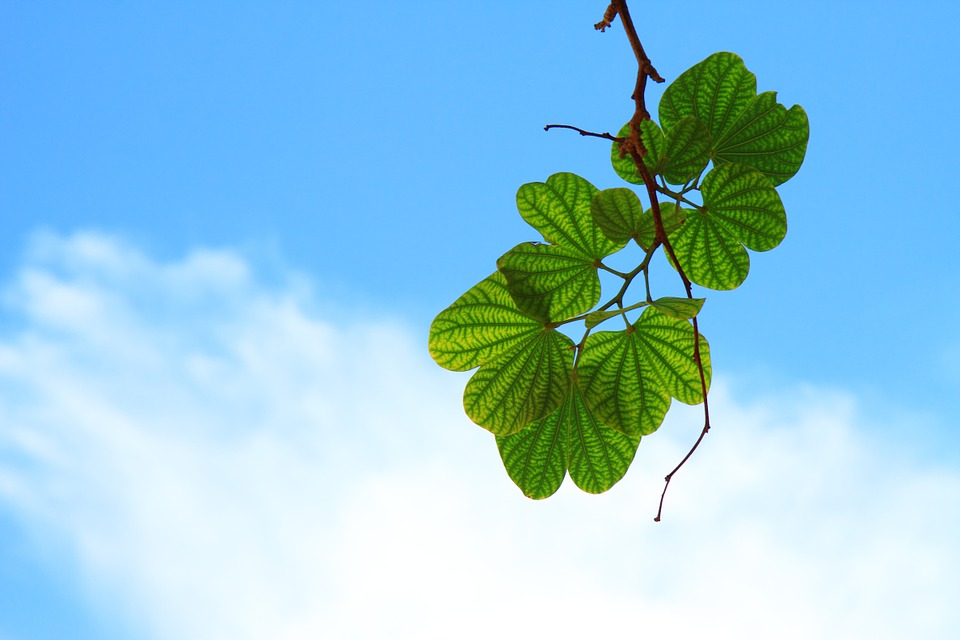In the seventeenth century, Europe fostered the modern civilization; in the eighteenth century, Great Britain started the Industrial Revolution. After the transition from an agricultural society to an industrial society, new technological processes contributed to building substantial prosperity and wealth for mankind. Indeed, in this modern age, people are enjoying greater material well-being than ever before. However, we are also facing many problems at the same time: Firstly, our trust in people has diminished. Although the cultural standard is on the rise and knowledge base is ever-growing, our moral standards have eroded. We no longer seem to know how to be a righteous person.
In the last century, from the 60’s to the 90’s, there was a decline of 28% in the index on trust among people in the United States and Great Britain. How does such a steep decline come about in so short a time? The main reason is a lot of people are no longer sincere. When people lack sincerity, they no longer trust each other. More importantly, despite uninterrupted progress in our society, the index on happiness continues to decline, while divorce, suicide, and crime rates keep rising. Depression is even more of a problem.
~ Depicted from ARE YOU READY FOR HAPPINESS : Spiritual Equipment for Modern Times











